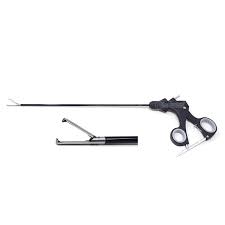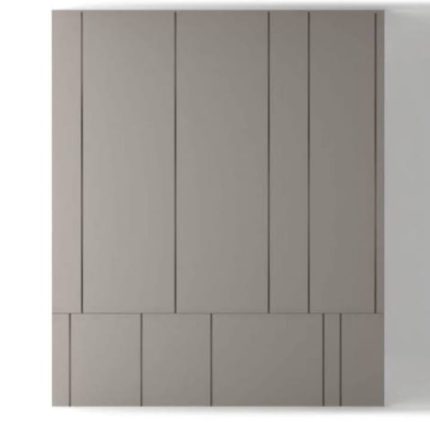Introduction
Laparoscopic graspers are vital surgical instruments used in minimally invasive surgeries to manipulate, hold, and maneuver tissues and organs within the abdominal cavity. These tools are passed through small incisions, allowing surgeons to perform precise procedures with minimal trauma to the patient. They are a key component in laparoscopic procedures and contribute significantly to the safety and effectiveness of modern surgery.
Design and Construction
Laparoscopic graspers consist of three primary parts: the handle, shaft, and jaws. The handle is ergonomically designed for comfort and control, often featuring a ratchet mechanism to lock the jaws in position. The long, narrow shaft allows deep access within the body through trocar ports. At the distal end, the jaws are available in various designs, such as straight, curved, toothed, or fenestrated, depending on the intended use.
These graspers are typically made from high-quality stainless steel, ensuring durability, corrosion resistance, and easy sterilization. Some versions also include insulated coatings or polymer elements for use with electrosurgical units.
Types of Graspers
There are several types of laparoscopic graspers, each designed for specific surgical needs:
-
Atraumatic Graspers: Used for handling delicate tissues like bowel or vessels without causing damage.
-
Traumatic Graspers: Equipped with teeth or serrations to securely grip tougher tissues such as fascia or organ walls.
-
Fenestrated Graspers: Feature an open window design to reduce pressure on the tissue while maintaining a secure grip.
-
Locking Graspers: Include ratcheting mechanisms for holding tissue without continuous hand pressure.
Surgical Applications
Laparoscopic graspers are used in a wide range of procedures such as cholecystectomy, appendectomy, hernia repair, bariatric surgery, gynecological procedures, and colorectal surgery. They assist in:
-
Grasping and retracting tissues for better visibility.
-
Holding organs or sutures during dissection.
-
Assisting in specimen retrieval and manipulation.
Their precise control allows surgeons to perform complex maneuvers with greater safety and efficiency compared to traditional open surgery.
Sterilization and Reusability
Reusable laparoscopic graspers must be thoroughly cleaned and sterilized after each procedure. They are autoclavable and designed for multiple uses, although single-use disposable versions are also available for convenience and infection control. Regular inspection and maintenance are essential to ensure functionality and patient safety.
Conclusion
Laparoscopic graspers are essential instruments in minimally invasive surgery, offering precision, versatility, and control. With various designs suited to different surgical needs, they enhance procedural efficiency and reduce patient recovery time. Their critical role in modern surgical practices makes them indispensable in any operating room.







Reviews
There are no reviews yet.